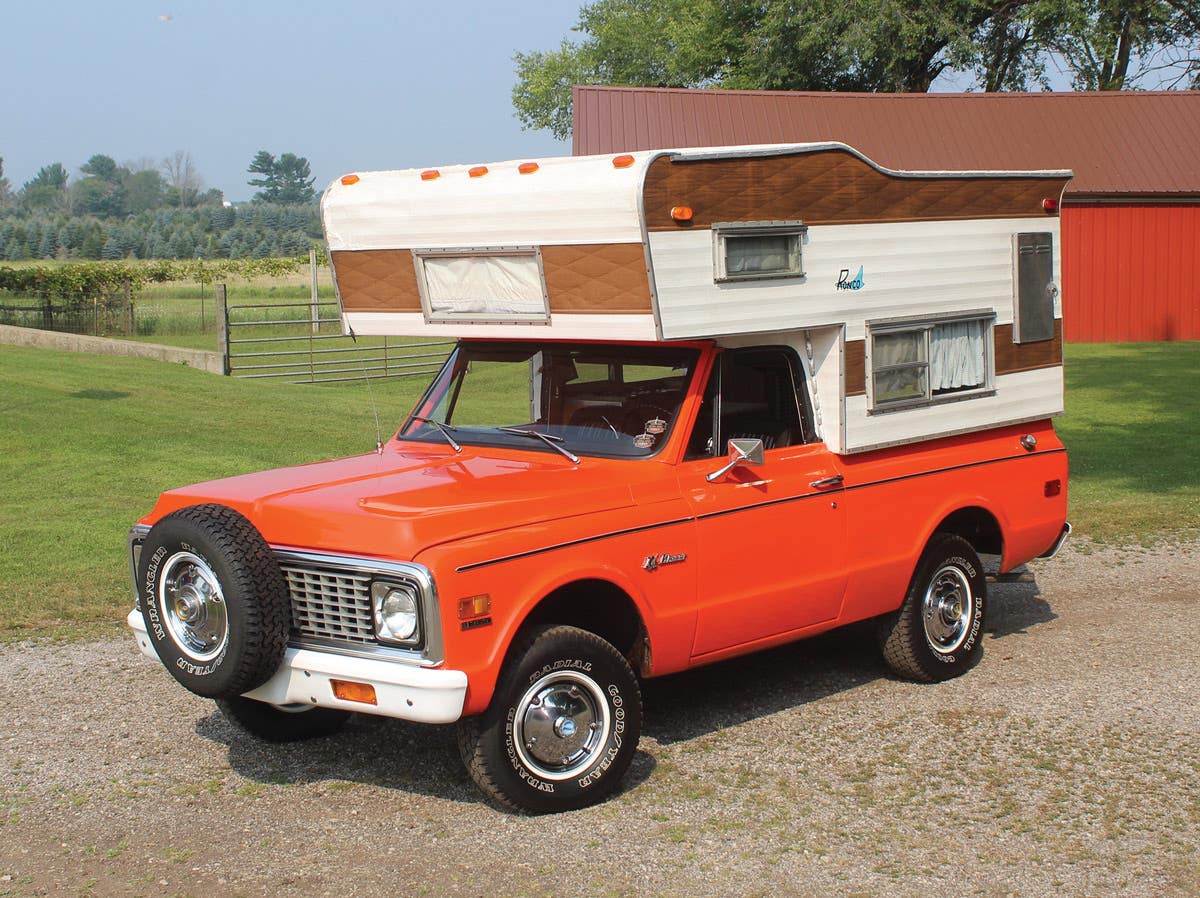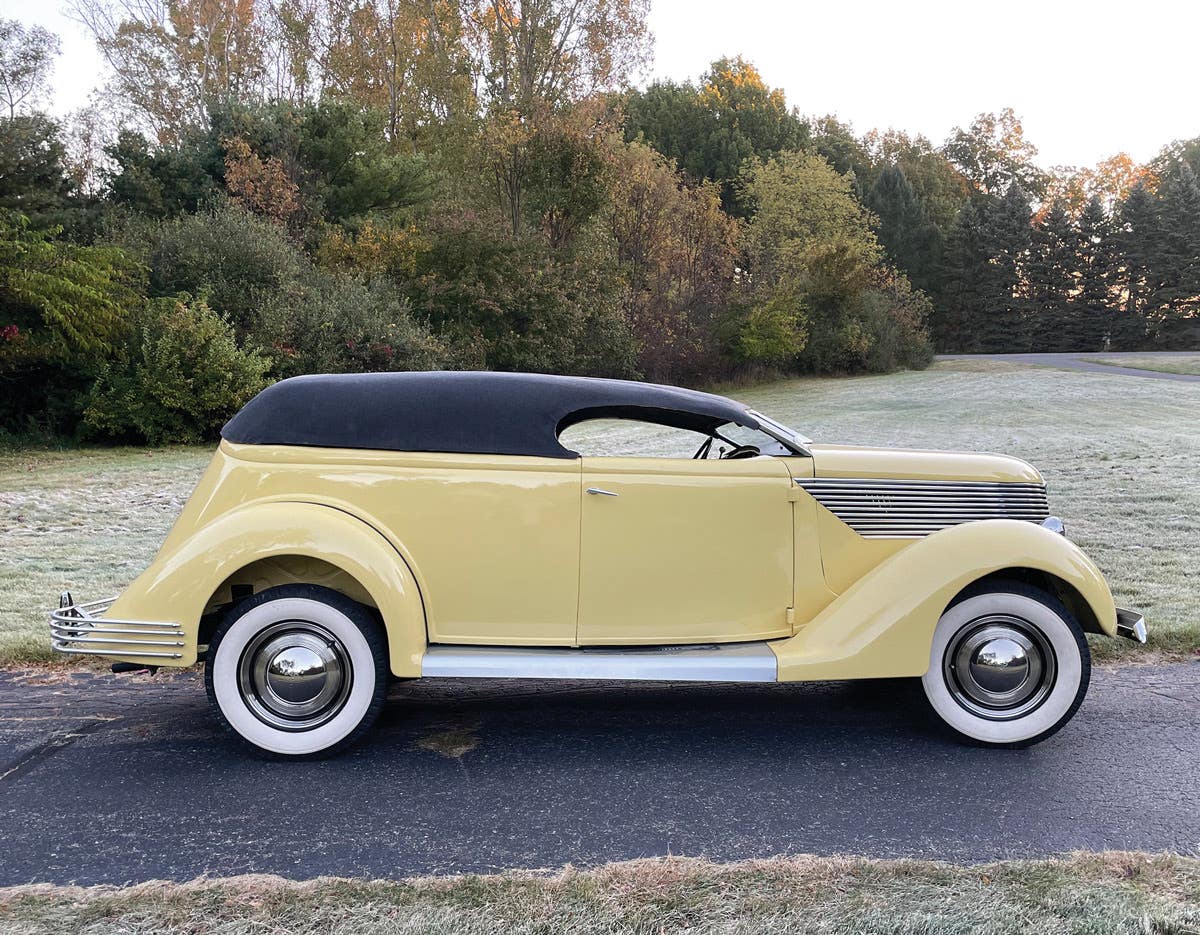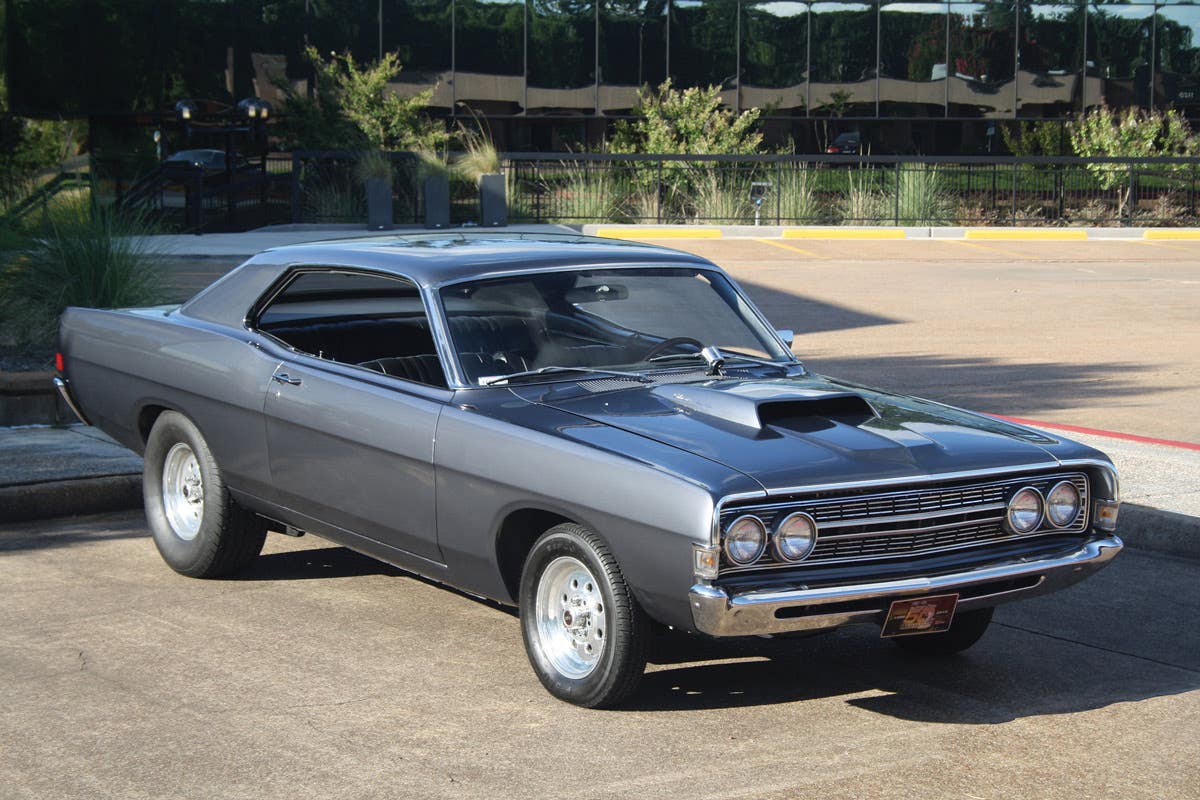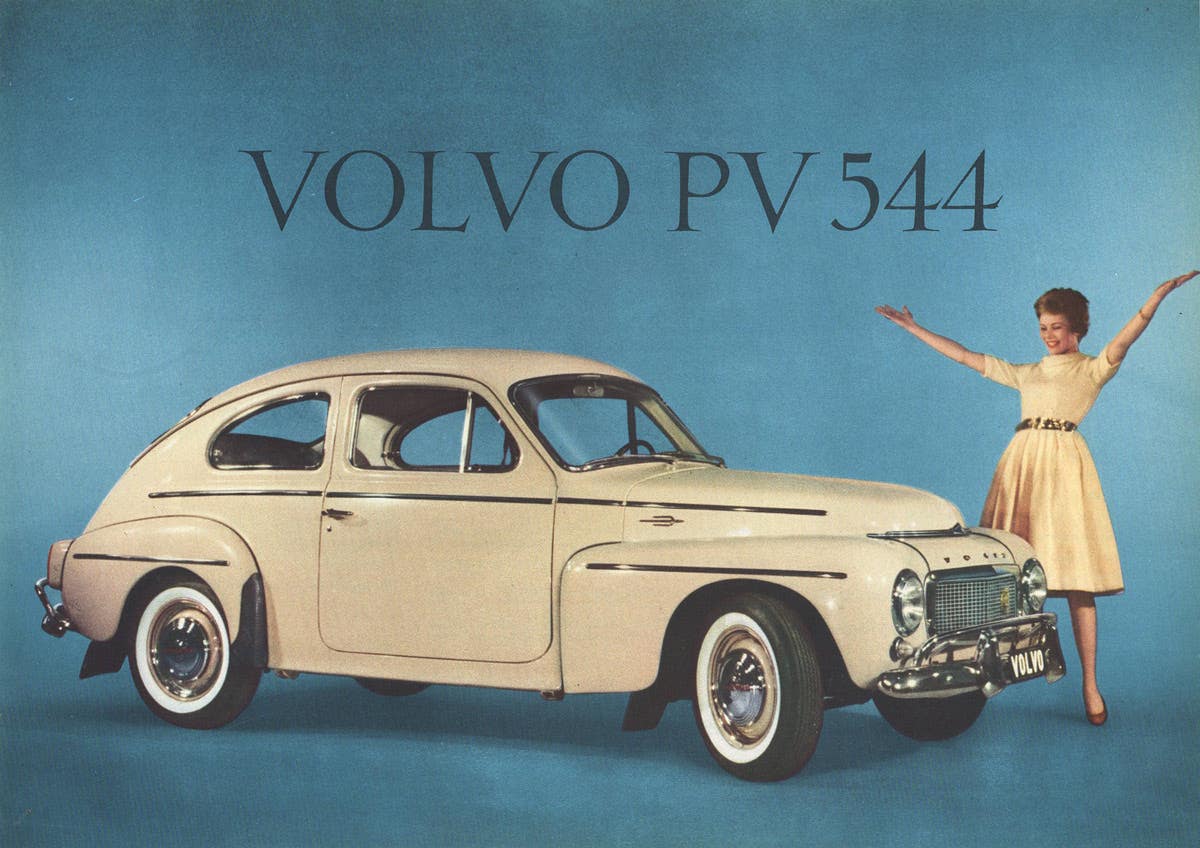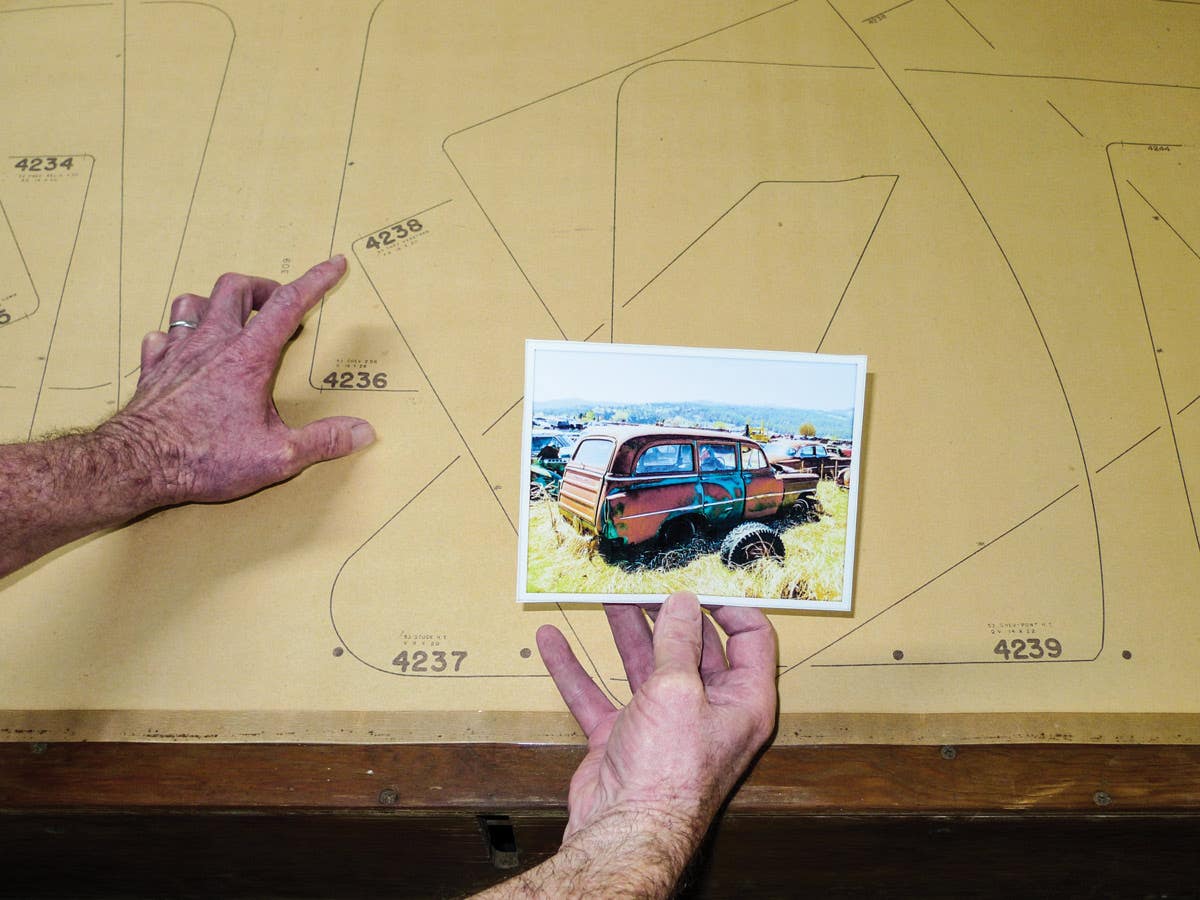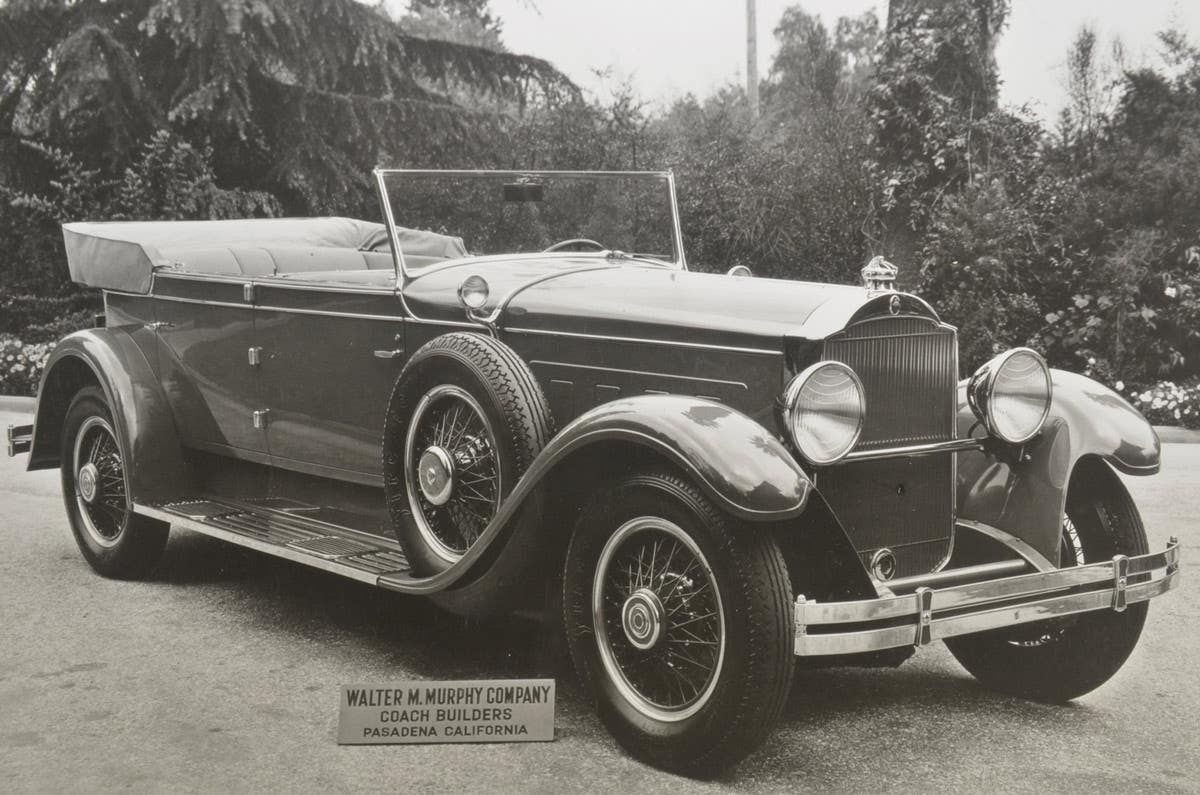Q&A with Kit Foster: October 20, 2011
Q. I have a 1940 Buick Limited, Model 81, that I’ve owned for 17 years. When I bought the car, it came with a set of wide whitewall tires that…
Q. I have a 1940 Buick Limited, Model 81, that I’ve owned for 17 years. When I bought the car, it came with a set of wide whitewall tires that have written on their sides “Custom built by Martin Tyre New York.” I’ve done an internet search on these tires. There’s lots of information about companies called “Martin Tires” throughout the country, but they all sell ordinary modern tires. Can you tell me anything about the Martin Tyre’s history? My 76-year-old father recalled that they were expensive tires, and someone told me they went out of business sometime during the 1960s. I came across another ’40 Buick Limited that’s awaiting restoration, and I was surprised to see that it, too, has the same Martin tires on it. The tires on my car are in excellent condition for their age. I had new tubes installed in all six of mine (the car has dual sidemounts) with the blessing of my local tire shop. I guess that’s why they went out of business; their tires were too well made.
Phil Pfersching, via e-mail
A. You say the tires are in excellent condition “for their age,” which is probably 50 years or more, and that you have the “blessing” of your local tire shop. That may be a good thing, since their advice flies in the face of much of what I’ve said recently about old tires. The trouble with older tires is that you can’t see the important part: the cord. I do believe that today’s tires are not made as well as they once were, despite the improvements in design and reinforcing materials. Readers may have noticed my mention of failing “budget” tires on our modern car in a recent “Q&A” column. Rubber, however, does seem to deteriorate faster in modern tires. I have a Bantam trailer that my father purchased new in 1946. There’s absolutely no checking of the rubber, but, of course, I don’t know what the cord is like inside. If I owned your Buick, I’m not sure I’d drive it on 50-year-old tires, no matter how well they were made. As for Martin Tyre Co., I’m not quite as old as your father, but I have a vague recollection of its products from long ago, but no definitive information. I’m sure some of our readers do, however.
-------------------------------------------------------------
Q. I’ve owned the radiator cap pictured for many years, and have always wondered what it’s from. It once had a badge on the eagle’s chest, which is now missing. It’s nickel over brass, and is well made.
David Hildebrandt, Hopewell Junction, N.Y.
A. I’ve had pretty good luck looking up car mascots in William C. Williams’ Motoring Mascots of the World (Graphic Arts Center Publishing Co., 1990). This time however, I’ve come up empty. It could be an accessory mascot, but the mounting for the badge argues against this. I looked through American Automobile Trademarks 1900-1960 by C.H. Wendel (Motorbooks, 1995) with no success, either. I don’t see any trademarked badge in that shape. Readers, can you help?
-------------------------------------------------------------
Q. I recently found an unusual rectangular metal double-sided frame with glass enclosed at a local flea market. The metal frame is 6-1/2 by 10-3/4 inches, double-sided held by six screws with a single pane of glass. It has the inscription: “PEER-LITES,” by the Corcoran Mfg. Co. of Cincinnati, Ohio, on both sides. It was found in a box of 1920s license plates, and may be that old. My guess is that it’s a ’20s rear window for a convertible. PEER-LITES, however, is a mystery. Hopefully someone can identify it.
Ted Smith, Savannah, Ga.
A. The image Mr. Smith sent won’t reproduce here, but it seems like a typical rear window unit from a roadster, touring or convertible of the era he mentioned. It’s a bit unusual in that the corners are not rounded, but, instead, have a diagonal shape. Does anyone remember PEER-LITES, or the Corcoran Manufacturing Co. in Cincinnati?
-------------------------------------------------------------
Q. I have a 1933 Plymouth PD with dual tail lamps and a six-volt negative ground electrical system. This does not pertain to LED bulbs, but I installed halogen bulbs to improve the intensity of the brake lights. The result was less than satisfying, because the bulbs have a cylindrical glass globe and the filaments direct the light to the side instead of to the top (i.e., backwards). To overcome this, I took the multifaceted reflectors out of cheap flashlights, removed the bulbs and opened up the hole enough for the reflector to fit snug on the glass cylinder of the halogen bulb. Now I have greatly improved light intensity. The bulb does not get hot enough to pose a problem with the plastic reflectors.
Folker Rieflin, via e-mail
A. Thanks for that tip about brightening brake lights. Readers may want to consider it for their own cars.
To submit questions to this column: E-mail ron.kowalke@fwpubs.com or mail to: Q&A, c/o Ron Kowalke, 700 E. State St., Iola, WI 54990-0001.
Got Old Cars?
If you don't subscribe to Old Cars Weekly magazine, you're missing out on the only weekly magazine in the car hobby. And we'll deliver 54 issues a year right to your mailbox every week for less than the price of a oil change! Click here to see what you're missing with Old Cars Weekly!
More Resources for Car Collectors:
- Classic car price guides, research, books, back issues of Old Cars Weekly & more
- Get expert restoration advice for your classic car
- Get car pricing, data and history all in one place
- Sign up for Old Cars Weekly's FREE email newsletter
- Need to buy or sell your classic car? Looking for parts or memorabilia? Search our huge online classified marketplace



